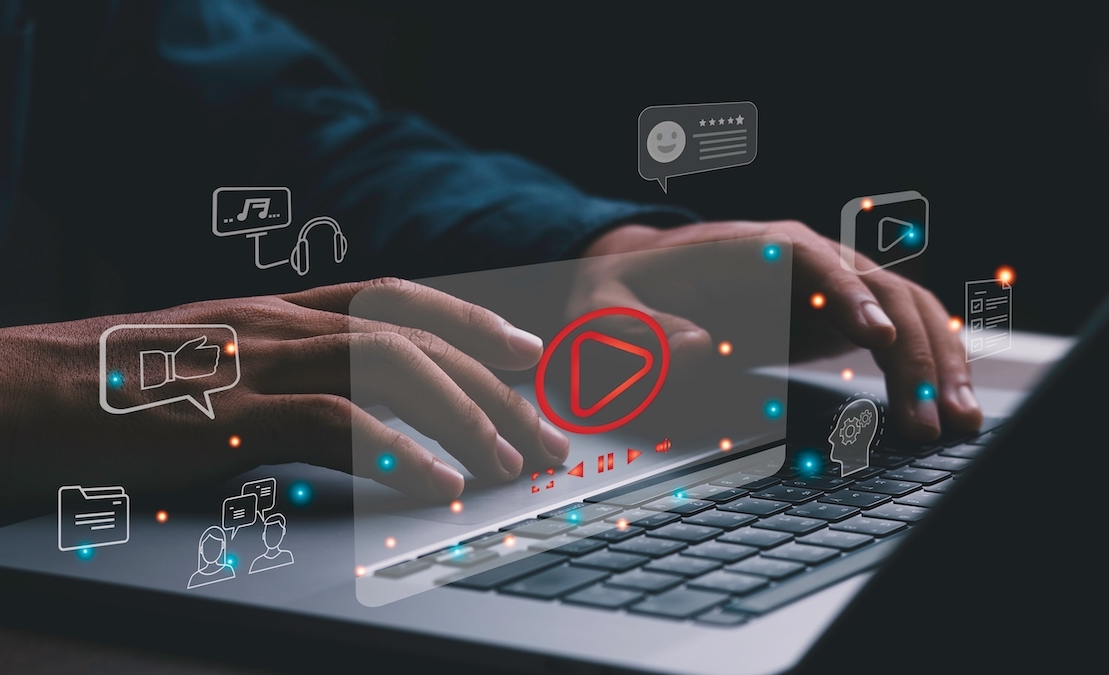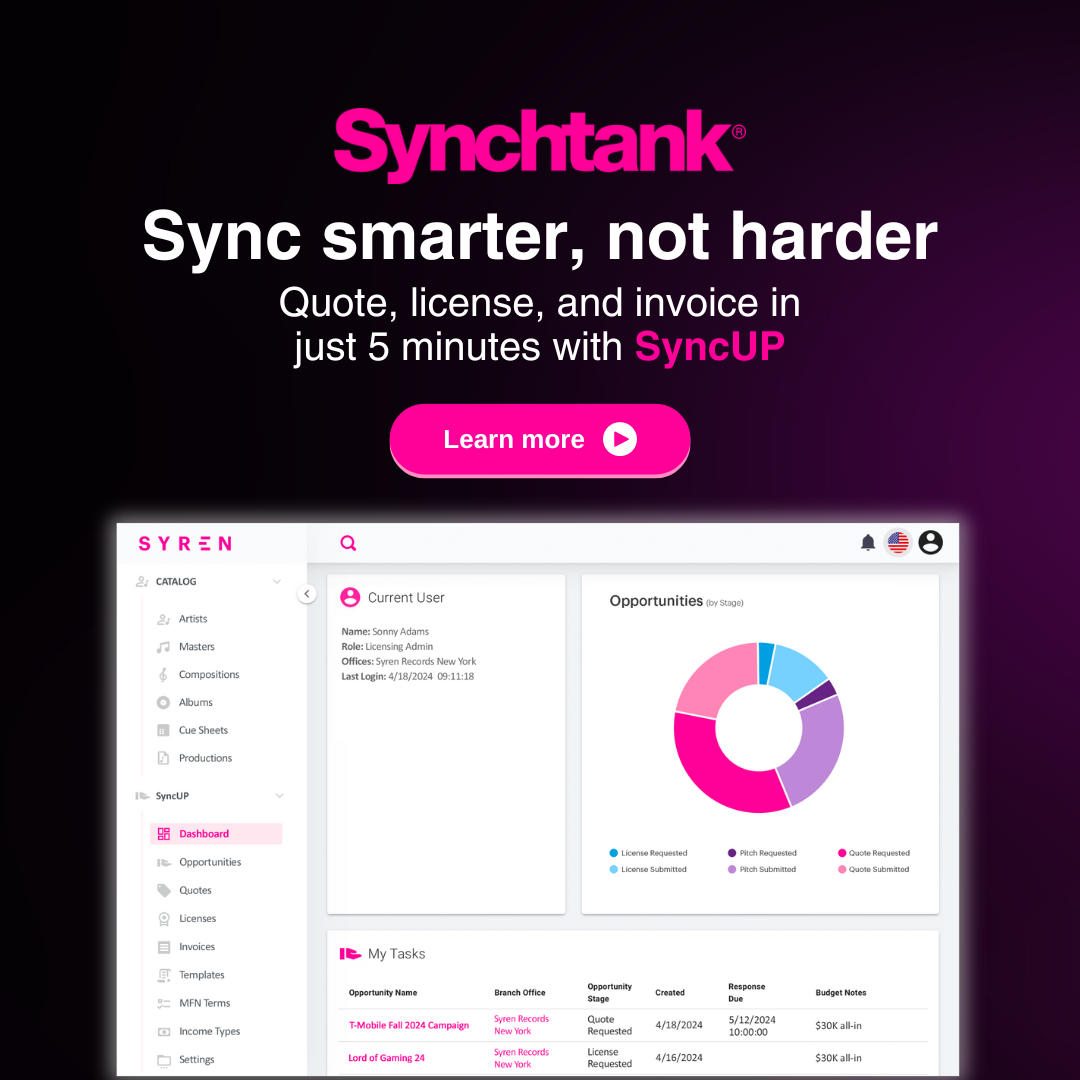While the sync industry is still heavily reliant upon manual processes, a whole host of smart tools and platforms are available to significantly streamline workflows and drive more revenue.
Here we explore how rights holders can leverage technology to understand and exploit their catalogs more effectively.
1. Centralize your assets, data and rights
This one’s a no brainer, yet it’s surprising to learn that even some of the largest music companies struggle to maintain a single source of truth for their catalog, which in turn leads to poor rights visibility and barriers to monetization.
Getting assets and associated data and rights information into one place is a game-changer for sync efficiency and allows teams to be much more nimble in responding to opportunities.
By centralizing information you’re giving your team total visibility of what you own and control from territory to territory, along with the details of the shares controlled by your co-rights holders and partners.
Having everything in a centralized system means no more digging through multiple spreadsheets and databases and a much more streamlined sync approval process. Integrating interoperable systems is also key in maintaining data accuracy and visibility.
2. Upgrade your search
With a deluge of AI-powered solutions in the market there’s literally no excuse for slow, outdated music search methods.
AIMS API is one of the pioneering solutions in this space and as co-founder Einar Helde recently explained, AI “lowers the barrier for search, allowing more people to find suitable music for their projects fast.”
Helde estimates that tools like natural language search and similarity search can reduce search time by up to a whopping 90%, enabling rapid and more accurate responses to briefs. With sync teams under increased pressure to deliver the right content faster and content volumes growing at an unprecedented pace, these tools can truly transform day-to-day workflows.
Using technology, search results can also be enriched further with additional data from the catalog owner themselves, like rights clearance information, or information from third parties including chart data, DSP/social stats, lyrics, and more. Looking for a one-stop track that made the Billboard Hot 100 in 1975? With the right tools you can find it in seconds.
3. Use smart playlist and pitching tools
Ever pitched a track and have no idea what happened? Sync pitching tools today give you the ability to track how music supervisors are engaging with your music and take a more measured, strategic approach.
Combining powerful AI search tools with playlisting tools helps rights holders to curate the right tracks faster for their clients and drive collaboration.
Tools like AIMS also provide the ability to leverage AI to discover playlists that are similar to your existing playlists, or extend existing playlists with songs of a similar sound.
4. Step away from spreadsheets
A surprising amount of sync workflows are still being managed using spreadsheets, including tracking opportunities and pitches. This over-reliance on slow, repetitive, manual processes is not only a time and cost drain but also makes it incredibly difficult to access information and track progress.
A number of workflow management tools and CRM platforms like Monday.com and Salesforce exist in the market and can help to streamline these workflows, but none of them are designed with sync processes in mind.
SyncUP, a new tool powered by the Synchtank platform, is built to simplify these workflows and give teams total visibility over their opportunities and the ability to generate quotes, licenses and invoices in one place, no re-keying required!
As licensing opportunities continue to surge, the right tools can help rights holders to streamline smaller, lower-value sync opportunities and dedicate more time to bigger, more lucrative opportunities.
5. Automate the long tail
Sync licensing is a notoriously manual process, but with technology comes the opportunity to scale licensing and effortlessly capitalize on the increasing deluge of smaller sync opportunities.
Whether it’s through self-serve licensing, blanket licensing, or licensing subscriptions, platforms like Synchtank give rights holders more options to service content creators at scale – with little to no cost or effort involved.
This is a game-changer for rights holders with vast catalogs of easy to clear music and a lucrative passive income stream that will only grow as the demand for music continues to explode.

